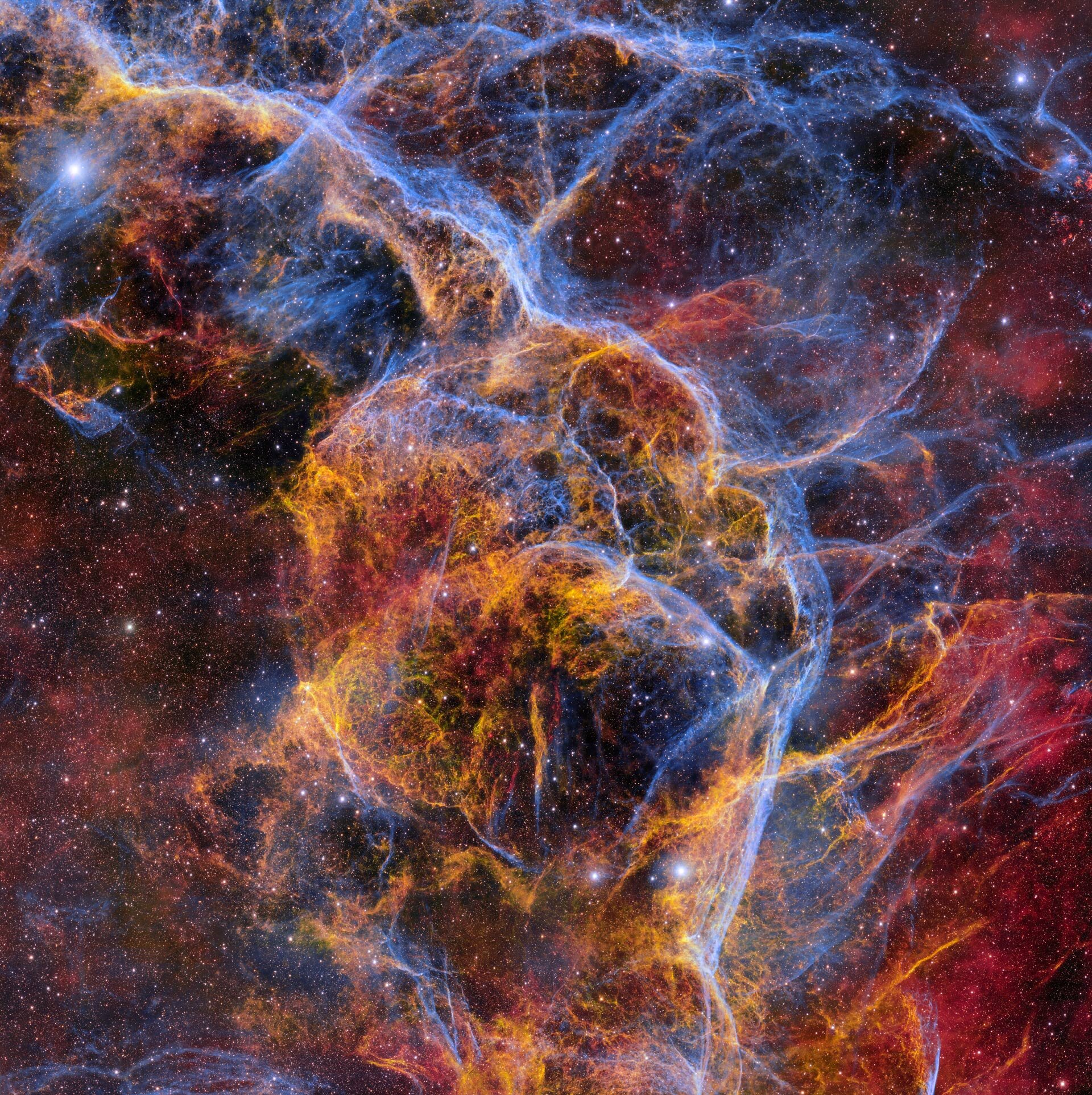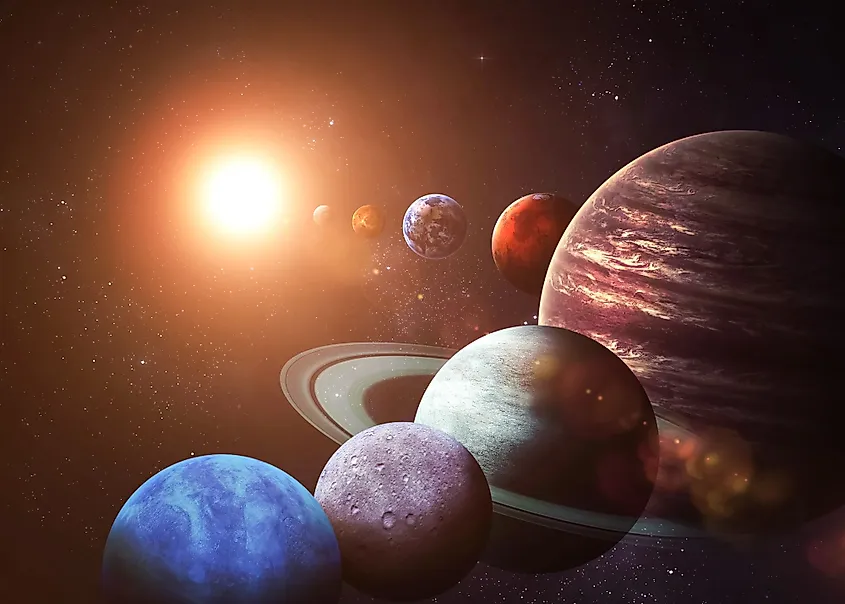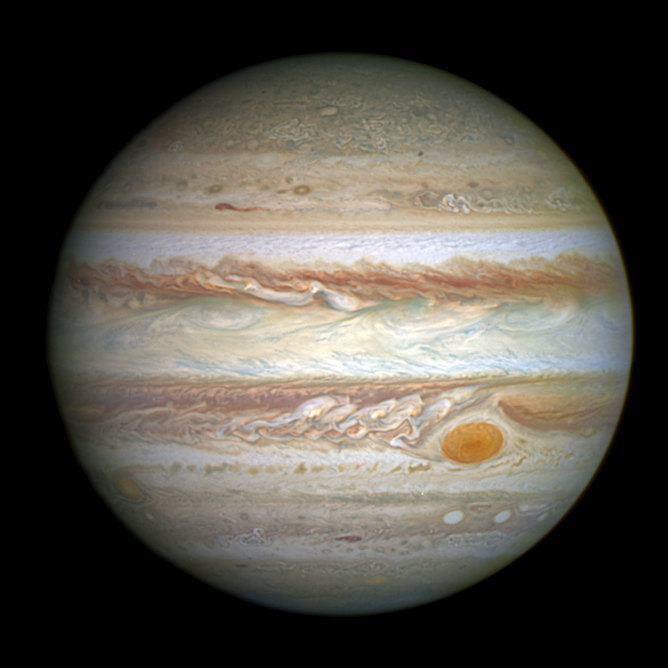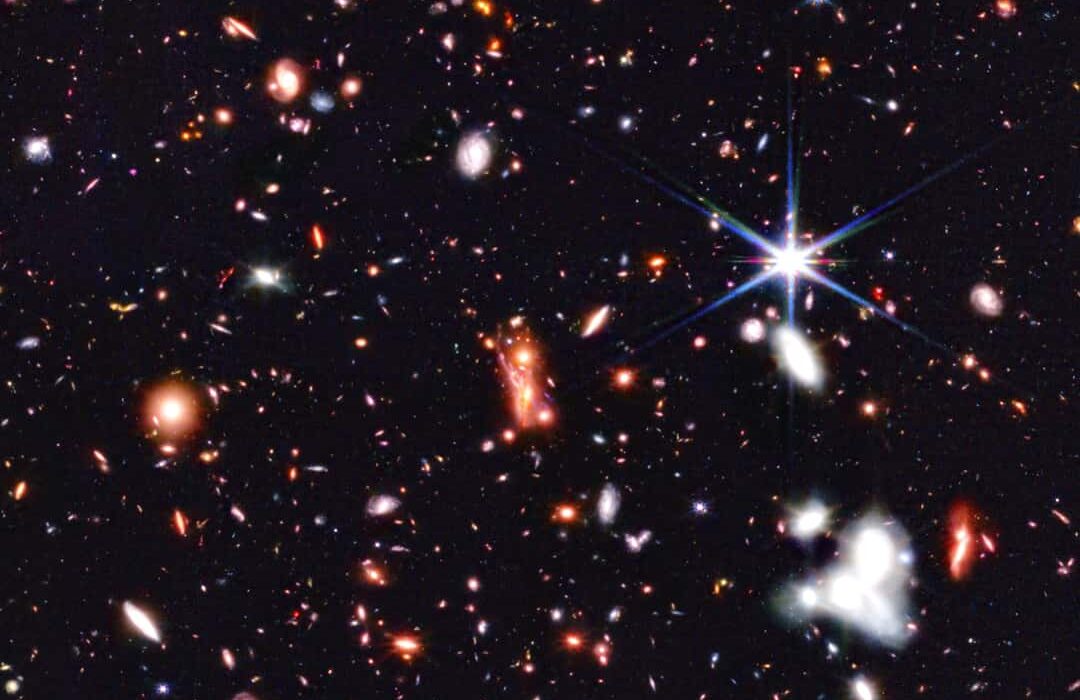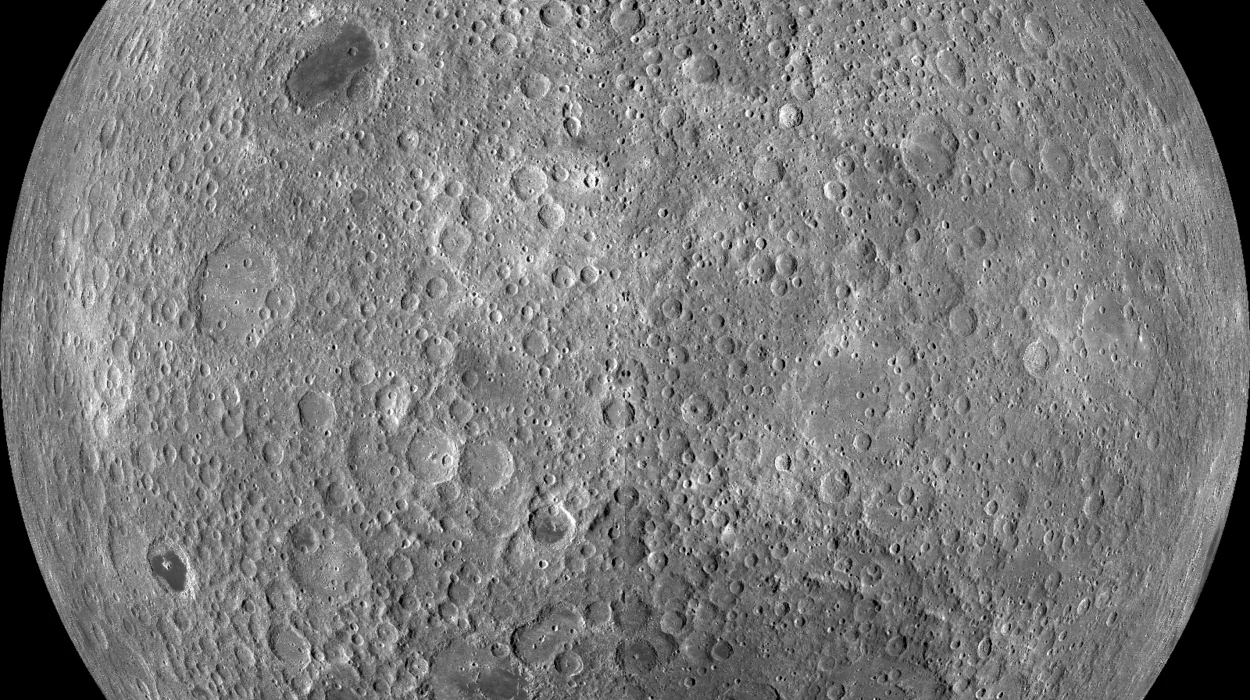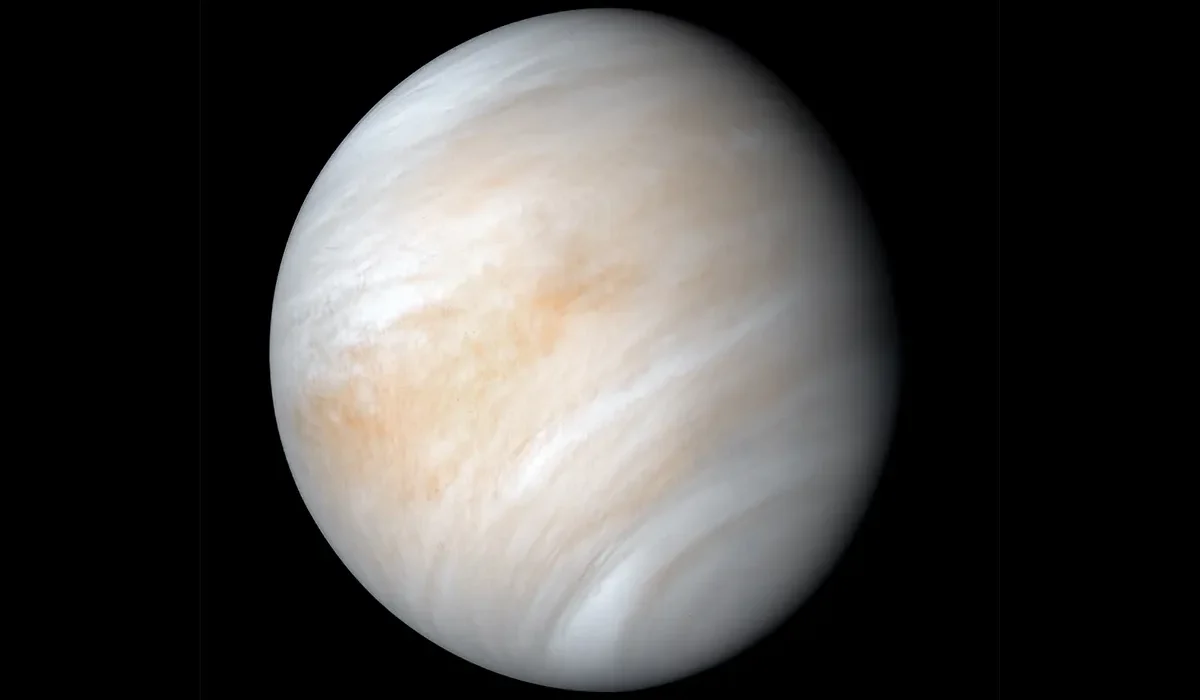In the vast darkness of the cosmos, stars live long lives, but even they are not immortal. When a massive star dies, it doesn’t go gently. It explodes in a blaze of fury—a supernova—sending shockwaves and high-energy particles screaming across the universe. These stellar outbursts are cataclysmic enough to outshine entire galaxies, and now, new research suggests they may have left fingerprints right here on Earth.
In a recent study published in the Monthly Notices of the Royal Astronomical Society, Robert Brakenridge, a senior research associate at the University of Colorado Boulder’s Institute of Arctic and Alpine Research (INSTAAR), argues that supernovae may have quietly shaped some of the most abrupt climate changes in Earth’s geologic past.
“We have abrupt environmental changes in Earth’s history. That’s solid—we see these changes,” Brakenridge said in an interview. “So, what caused them?”
To answer that, he looked to the stars.
Cosmic Clues in the Forest Rings
Brakenridge’s paper brings together the cold mathematics of astrophysics and the quiet wisdom of Earth’s oldest archivists: trees. Every year, trees record atmospheric conditions in their rings like a diary written in carbon. And among those rings, scientists have occasionally spotted spikes in radioactive carbon—particularly carbon-14—a rare isotope that forms when cosmic radiation hits the upper atmosphere.
Brakenridge analyzed tree ring records spanning the last 15,000 years and found 11 spikes in radioactive carbon. The timing of these spikes, he claims, lines up remarkably well with 11 known nearby supernovae. Coincidence? He doesn’t think so.
“The events that we know of, here on Earth, are at the right time and the right intensity,” he said.
When the Sky Falls Quietly
Supernovae are not the only cosmic events that send radiation toward Earth—solar flares can do it too. But what makes supernovae different is their immense power and reach. When they explode, their radiation can cross thousands of light-years, influencing not just stars and dust, but potentially, life on distant worlds.
Using new data from high-powered orbital telescopes, Brakenridge developed a more precise model than previously available. His simulations show how the deluge of photons and cosmic rays from a nearby supernova could wreak havoc on Earth’s atmosphere. One of the key vulnerabilities? Our ozone layer.
A surge of high-energy radiation, he argues, would thin the ozone layer that protects us from ultraviolet rays. At the same time, the radiation would break down methane in the stratosphere—a potent greenhouse gas. The result: a double blow to Earth’s climate system.
UV rays would become more intense at the surface, possibly leading to an uptick in mutations, ecological stress, and skin cancers in ancient animals. Meanwhile, with methane levels falling, Earth would lose part of the warming cushion that keeps the planet habitable. Brakenridge says the net effect would likely be a sudden cooling of global temperatures—and possibly, more wildfires and selective species extinctions.
A New Layer of Cosmic Risk
It sounds like the plot of a science fiction film, but Brakenridge’s argument is rooted in hard data. What he’s proposing is not that supernovae regularly devastate Earth, but that they may have done so occasionally—and perhaps silently. Most supernovae happen far away and fizzle out before they touch us. But those within about 300 light-years—though rare—pose a different story.
And Earth has had close encounters before. The evidence is carved into seafloor sediments, fossilized in ice cores, and etched into tree rings. Now, Brakenridge wants to connect the dots.
For decades, theories about the impact of supernovae on Earth have remained largely speculative, the stuff of astrophysical “what-ifs.” But this new work seeks to bridge the gap between space and soil, turning the stars into suspects in the mystery of Earth’s abrupt climate shifts.
Preparing for a Stellar Shock
If Brakenridge is right, the implications stretch far beyond historical curiosity. Understanding how Earth’s atmosphere reacts to supernova radiation could help humanity prepare for the next cosmic blast.
Betelgeuse, the red supergiant star glowing like a celestial ember in Orion’s shoulder, is expected to go supernova sometime in the next 100,000 years. It’s relatively close—about 642 light-years from Earth—and when it blows, the light show will be visible even during the day.
But what about the radiation? Will Earth’s atmosphere take a hit?
“As we learn more about our nearby neighboring stars, the capability for prediction is actually there,” Brakenridge said. “It will take more modeling and observation from astrophysicists to fully understand Earth’s exposure to such events.”
At present, Betelgeuse’s future is not cause for panic. But if supernovae have caused abrupt changes before, Brakenridge believes it’s only prudent to plan for the possibility again—especially as our global systems grow more interconnected and vulnerable.
A Call to Look Up—and Within
This research adds a new cosmic chapter to Earth’s environmental history. It suggests that climate, biology, and planetary stability may be influenced not only by volcanic eruptions or asteroid strikes, but by far-flung stars meeting their end in spectacular explosions.
In a universe so vast and complex, it’s a sobering thought: even the death of a distant star can alter life on our blue planet. But it’s also a thrilling one. It reminds us that Earth is not a closed system—it’s part of a dynamic, galactic neighborhood.
And as Brakenridge’s research shows, some of our oldest environmental puzzles may have answers that lie not beneath our feet—but in the glowing remnants of stars that exploded millennia ago.
Reference: G Robert Brakenridge, Late Quaternary supernovae in Earth history, Monthly Notices of the Royal Astronomical Society (2025). DOI: 10.1093/mnras/staf554
